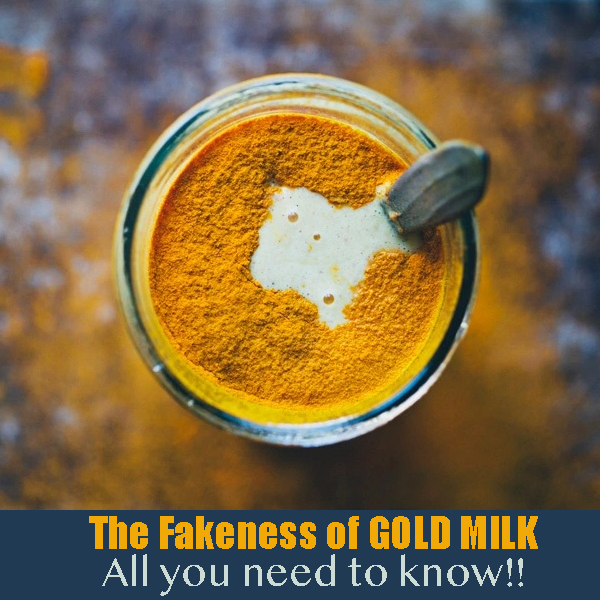Panchamahabhutas
Pancha Mahabhootas are the physical representatives of the three Mahagunas – Satva, Rajas and Tama. The Mahabhootas are related to the three Mahagunas in following way:
- Aakash Mahabhoota – Satva Mahaguna
- Vayu Mahabhoota – Rajas Mahguna
- Agni Mahabhoota – Rajas and Satva Mahaguna
- Jala Mahabhoota – Satva and Tama Mahaguna
- Prithvi Mahabhoota – Tama Mahaguna
While formation of different Mahabhootas there is transition from lightest to the dense and most compact Mahabhoota. It is also clear from the above said Mahaguna composition of Pancha Mahabhootas that Aakash Mahabhoota is composed of the Satva Mahaguna (which is the lightest Mahaguna) while Prithvi Mahabhoota composes of the Tama – the heaviest and complex Mahaguna. The other Mahabhootas are different levels of transition from Satva to Tama.
Everything which can be perceived by the sense organ is composed of all these Pancha Mahabhootas. It is the relative dominance of any of these Pancha Mahabhootas which determines the characteristics of any object and its impact on us. These are dominant in specific part of the body:
| Mahabhoota | Governed Sensory faculty | Functions in the body |
| Aakash Mahabhoota | Sense of Hearing | All opening and spacious organs of the body are areas of the Aakash Mahabhoota; it provides space for the movement of different fluids and nutrients in the body |
| Vayu Mahabhoota | Sense of touch | It is the mobile part of the body. It is responsible for inhalation- exhalation, movements of different fluid in the body and movements of different body parts. Opening and closure of eye lids. |
| Agni Mahabhoota | Sense of seeing | It is the fire component of the body. It is responsible for the regulation of body temperature; glowing and lustrous skin; digestion and assimilation of food in digestive system as well as digestion at micro level. |
| Jala Mahabhoota | Sense of taste | It is the binding force of the body which is responsible for staying together of different body parts. It also acts as the media for the transportation of body fluids and nutrients inside the body and expulsion of body wastes as swat and urine out of the body. |
| Prithvi Mahabhoota | Sense of smell | It is the structure forming part of the body. It provides structural frame work for the body parts. All our body parts are Parthiv in structure i.e. mainly composed of Prithvi Mahabhoota. |
Relation of Pancha Mahabhootas with Tridoshas:
The three Doshas are composed of Panchamahabhootas. The composition of Tridoshas is as follows:
- Vata Dosha: Aakash + Vayu Mahabhootas
- Pitta Dosha: Agni Mahabhootas
- Kapha Dosha: Jala +Prithvi Mahabhootas.
But it never means that the contribution of three Mahabhootas other than Aakash and Vayu is nil in Vata Dosha. As everything on this earth is Pancha Mahabhautic (composed of all the five Mahabhootas) in composition so are the three Dosha. It is just the dominance of these Mahabhootas in a particular Dosha which makes it to behave in a particular way.
Harmony among Pancha Mahabhootas will create harmony among Tridoshas – a completely healthy state and any disturbance in the Pancha Mahabhootas will eventually lead to disharmony among the Tridoshas and different disease as a result.
So while talking about the treatments; Ayurveda always recommends to maintain the harmonious state of Pancha Mahabhootas and the line to treatment should be such that it pacifies the increased Mahabhoota and replenishes the depleted one.














